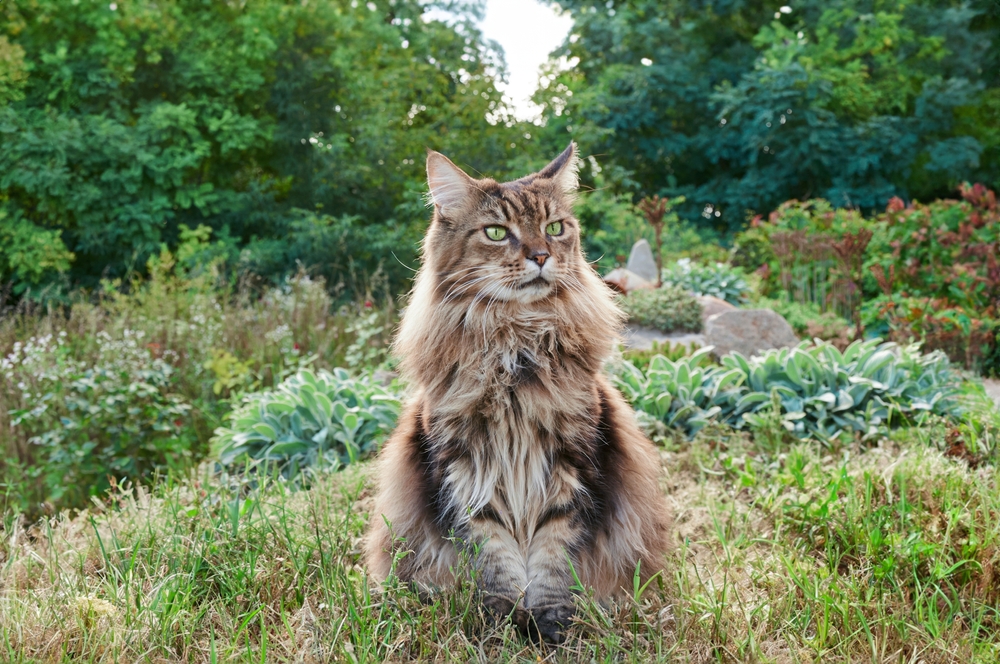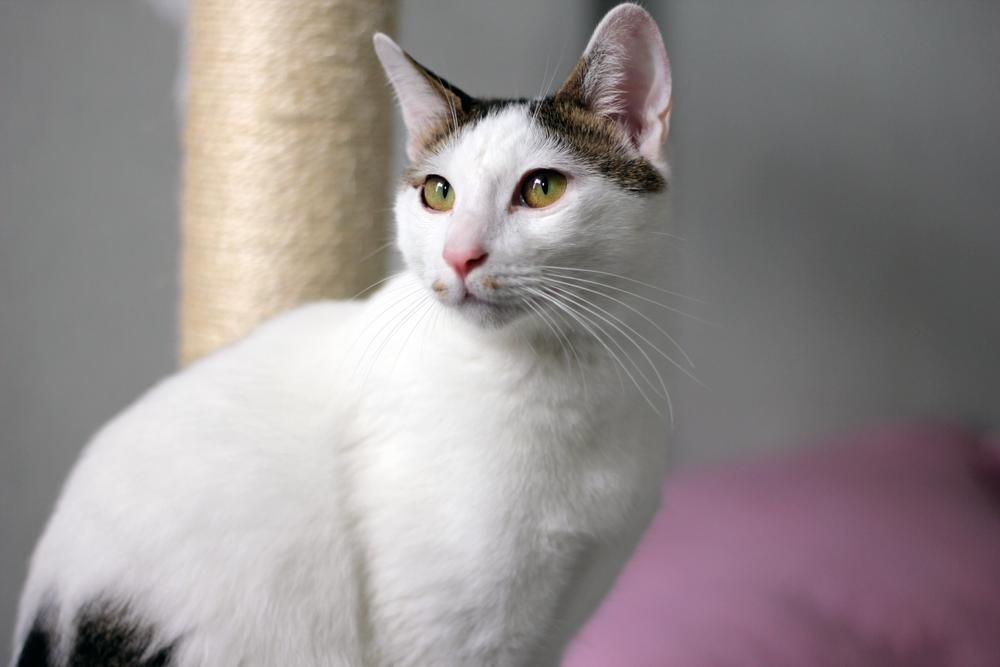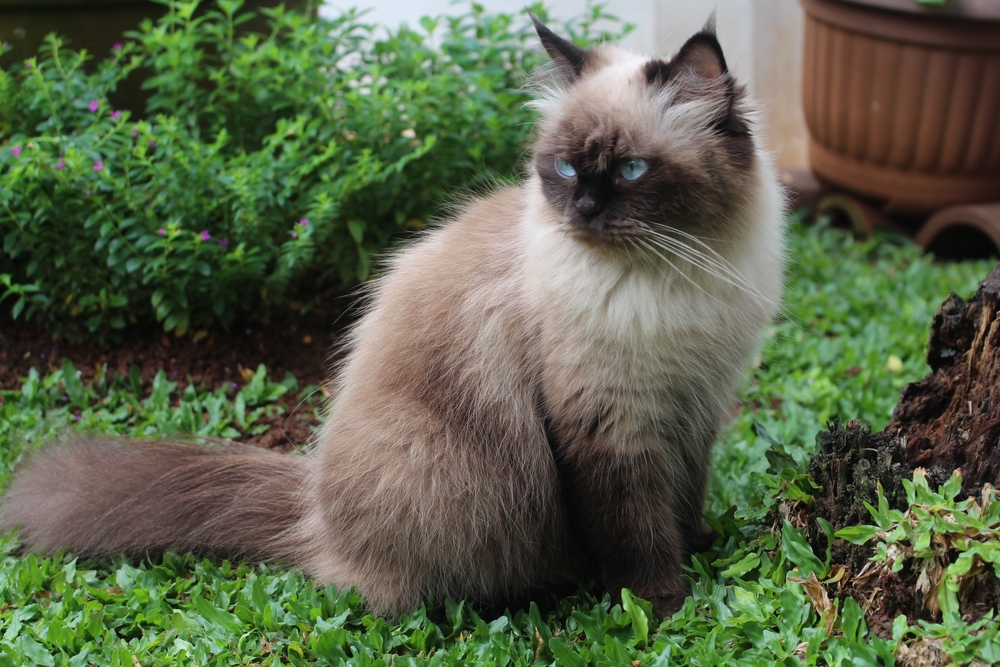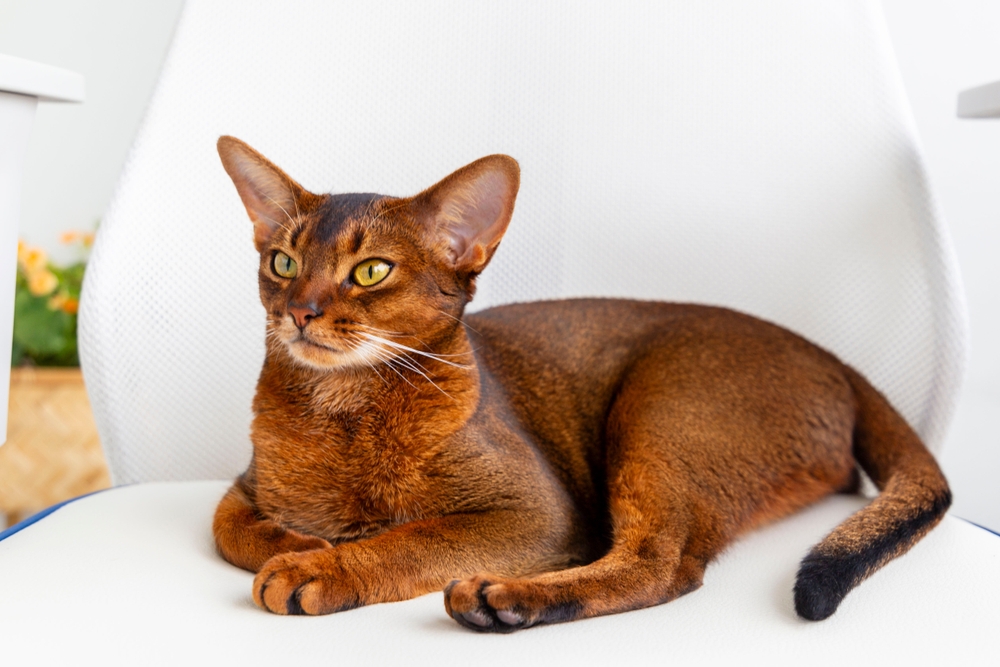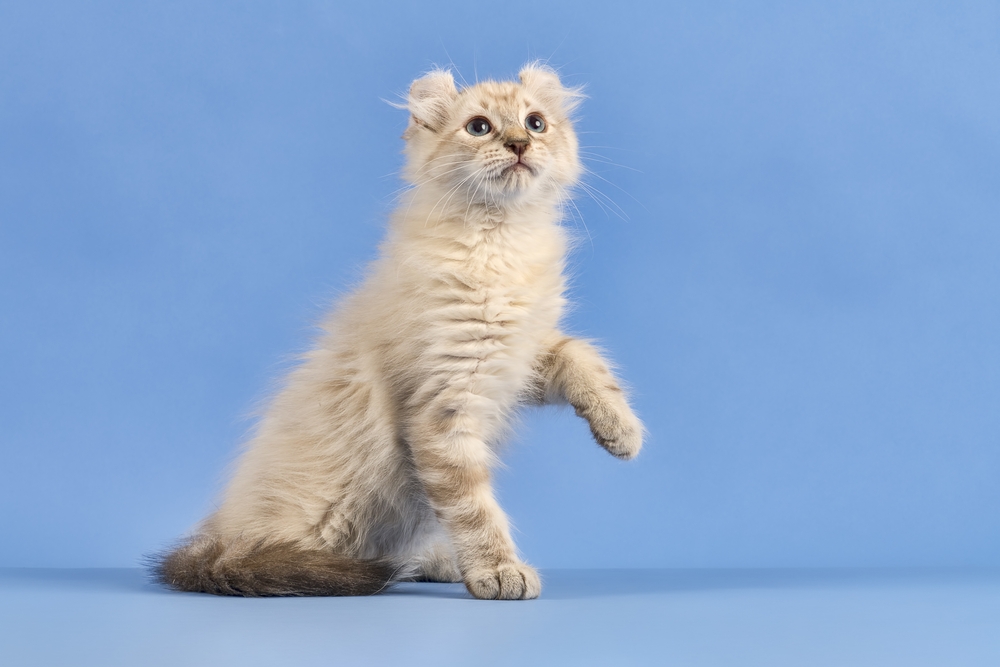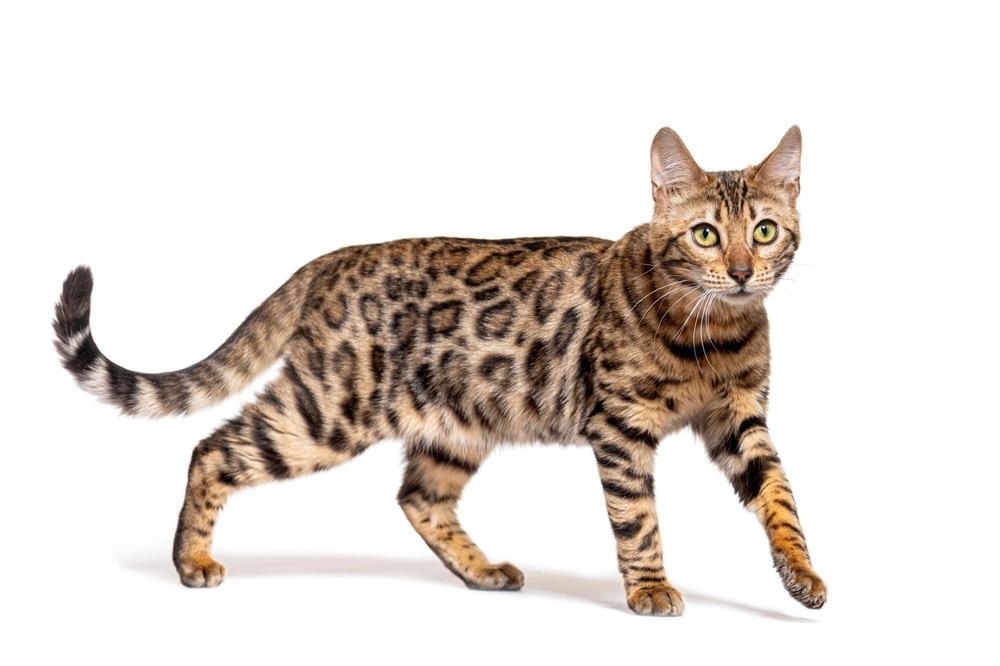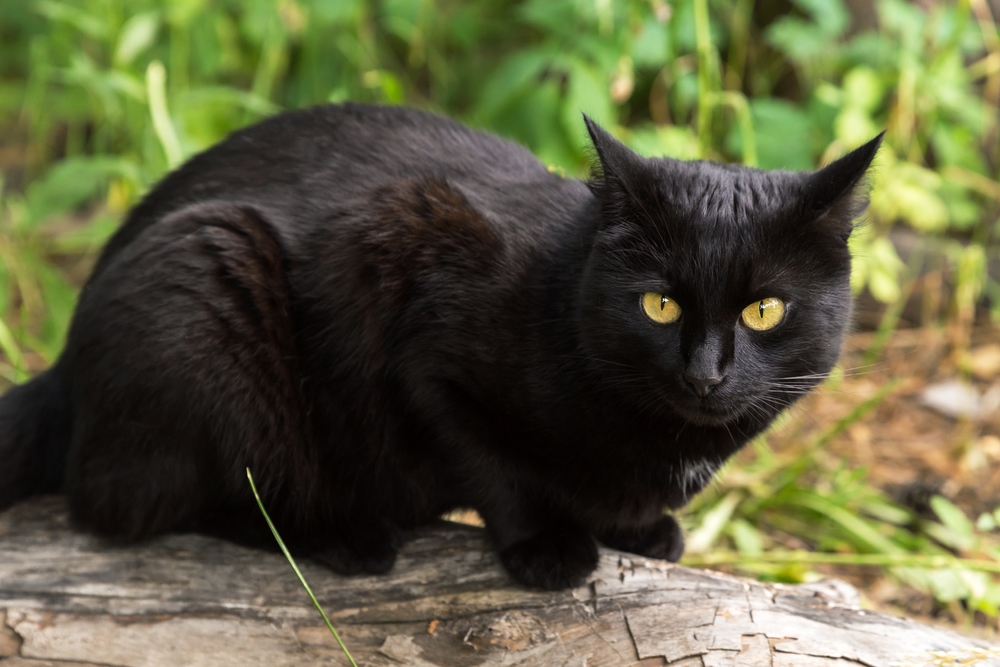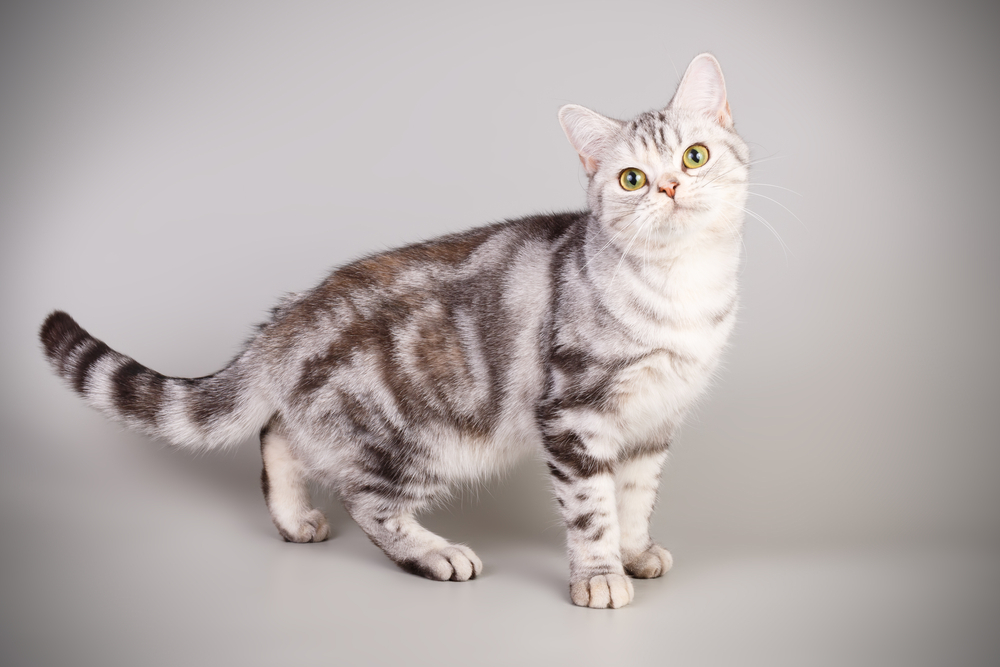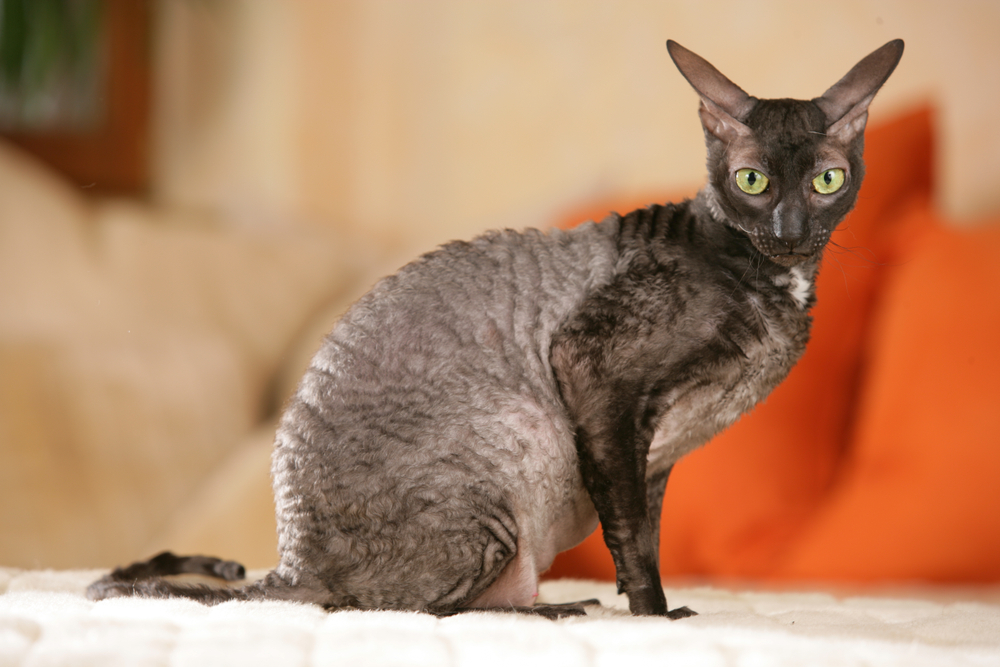The Maine Coon shares some similarities with the Norwegian Forest Cat and the Siberian Cat, all being large, longhaired, cold-weather breeds with tufted ears and bushy tails. Among wild relatives, the Maine Coon most resembles the Eurasian lynx due to its ear tufts, large frame, and long, thick fur.
About
The Maine Coon is one of the largest and most beloved domestic cat breeds, admired for its impressive size, luxurious coat, and gentle temperament. Often called the “gentle giant,” this breed has a long, muscular body, broad chest, and tufted, lynx-like ears. Its bushy tail, often as long as its body, was developed to help it withstand harsh winters in its native New England. The thick, semi-longhaired coat is water-resistant and comes in nearly every color and pattern, though brown tabby is especially common. Their large, expressive eyes add to their friendly, intelligent look.
The Maine Coon (Felis catus), part of the family Felidae, is one of the oldest natural breeds in North America, originating in Maine, where it is the official state cat. While their exact origins remain uncertain, they likely descended from longhaired cats brought by seafarers and settlers, which adapted to the region’s cold climate. By the 19th century, Maine Coons were already popular for their mousing abilities and striking appearance.
Weighing 10–25 pounds (4.5–11.3 kg), with males significantly larger than females, Maine Coons are slow to mature, often reaching full size at three to five years of age. Despite their imposing stature, they are affectionate, playful, and known for their dog-like loyalty. They often enjoy following their humans, playing fetch, and even splashing in water.
Their thick coats require regular grooming to prevent tangles, though they are less prone to matting than Persians or Himalayans. They are generally healthy but may be prone to conditions like hypertrophic cardiomyopathy or hip dysplasia.
With their rugged beauty, gentle nature, and playful personalities, Maine Coons are an ideal choice for families seeking an affectionate yet independent cat that thrives in both companionship and exploration.
Physical Characteristics
Coat: The Maine Coon has a long, thick, water-resistant coat with a soft underlayer and a shaggy, uneven outer layer. The fur is shorter on the shoulders and longer on the stomach, britches (back legs), and ruff around the neck, giving a lion-like appearance. Their coat comes in nearly all colors and patterns, including tabby, solid, bi-color, tortoiseshell, and shaded.
Face: They have a broad, square-shaped muzzle, high cheekbones, and large, expressive eyes that can be green, gold, or copper (blue and odd-eyed are possible in white-coated individuals). Their facial structure gives them a distinctive, regal look.
Body: Maine Coons are one of the largest domestic cat breeds, with a long, muscular, rectangular body, broad chest, and strong bone structure. Despite their size, they are graceful and agile.
Ears: Large, wide at the base, and tapering to a point, often adorned with lynx-like tufts and inner ear furnishings to protect them from cold weather.
Tail: Long, bushy, and plume-like, designed to wrap around the body for warmth in harsh climates.
Size:
-
Length: 19–40 in (48–101 cm) including the tail.
-
Height: 10–16 in (25–40 cm) at the shoulder.
Weight:
-
Adult Female: 8–12 lbs (3.6–5.4 kg).
-
Adult Male: 13–18 lbs (5.9–8.2 kg), with some males exceeding 20 lbs (9+ kg).
The Maine Coon’s combination of large size, luxurious coat, tufted ears, and flowing tail gives it the appearance of a wildcat-like giant, yet it is known for its gentle and affectionate personality.
Reproduction
Mating and Courtship:
Maine Coons typically reach sexual maturity between 8–12 months, but breeders often wait until 18–24 months before mating to ensure proper growth in this large, slow-maturing breed. Queens in heat display rolling, rubbing, vocalization, and restlessness. Males respond with pursuit, calling, and marking behaviors.
Breeding Season:
They can breed year-round, though queens may cycle more frequently in the spring and summer with increased daylight.
Gestation:
Pregnancy lasts about 63–65 days (around 9 weeks).
Birth of Kittens:
Maine Coon litters are typically 3–6 kittens, though litters of up to 8 are not uncommon. Kittens are born small compared to the breed’s adult size but grow steadily, reaching full maturity much later than most domestic cats.
Care and Nurturing:
Kittens are born weighing about 3–4 oz (85–113 g), blind and helpless. Queens are generally devoted mothers, providing warmth, grooming, and consistent nursing.
Weaning and Social Development:
-
Eyes open at 7–10 days.
-
Walking begins by 3 weeks.
-
Solid food introduced at 4–5 weeks.
-
Weaning complete by 10–12 weeks, though Maine Coon kittens grow more slowly and may rely on supplemental nursing longer than other breeds.
Independence:
By 12–14 weeks, kittens are usually ready for adoption, though many breeders prefer to keep them until 14–16 weeks due to their slower maturation. Maine Coons reach full physical maturity at 3–5 years of age, making them one of the slowest-maturing domestic cat breeds.
The Maine Coon’s reproductive cycle follows typical feline patterns, but their slow development and extended growth period make careful management essential for healthy, well-adjusted kittens.
Lifespan
Lifespan in the Home:
Maine Coons generally live 12–15 years, though many reach 15–18 years with excellent care, and some have been reported to live beyond 20 years.
Lifespan in Outdoor or High-Risk Settings:
If allowed outdoors, their average lifespan may drop to 7–10 years due to risks like traffic, predators, disease, and harsh weather. Their large, friendly nature also makes them vulnerable to theft.
Factors Affecting Longevity:
-
Genetics: Maine Coons are prone to certain hereditary conditions, including hypertrophic cardiomyopathy (HCM), hip dysplasia, and spinal muscular atrophy (SMA).
-
Size: Being one of the largest domestic breeds, they may be at greater risk for joint issues if overweight.
-
Diet & Exercise: A protein-rich diet and regular exercise help maintain healthy muscle mass and joint stability.
-
Preventive Care: Routine veterinary exams, heart screenings, and dental care are key for long-term health.
-
Environment: Indoor living with climbing structures, toys, and interactive play maximizes health and lifespan.
Notable Longevity:
Some Maine Coons have lived 18–20+ years, particularly when raised in safe homes with proactive health monitoring.
The Maine Coon’s combination of gentle personality, robust build, and slower aging process contributes to a long, fulfilling life when paired with attentive care.
Eating Habits
Diet:
Maine Coons are obligate carnivores and need a high-protein, meat-based diet to support their large, muscular build. Premium commercial cat food—wet, dry, or a balanced mix—is recommended. Wet food provides hydration for urinary and kidney health, while dry kibble can help maintain dental health.
Feeding Frequency:
-
Kittens (up to 6 months): 3–4 meals per day to fuel rapid growth.
-
Adults (6 months–10 years): 2 meals per day, portioned to maintain a healthy weight.
-
Seniors (10+ years): Smaller, more frequent meals with senior-specific formulas for joint, kidney, and heart support.
Special Considerations:
-
Maine Coons are slow to mature, often taking 3–5 years to reach full size, so they benefit from a nutrient-rich diet throughout their growth.
-
Their large size means they may require slightly larger portions than average cats, but overfeeding should be avoided to prevent obesity and stress on joints.
-
Omega-3 and omega-6 fatty acids help maintain their long, thick coats and reduce shedding.
-
Fresh water should always be available, ideally through bowls and cat fountains, since Maine Coons often enjoy playing with water.
Treats:
Occasional treats like freeze-dried meat, small bits of cooked chicken, or fish are suitable but should not exceed 10% of daily calories.
Feeding Enrichment:
Maine Coons are intelligent and playful, so puzzle feeders, food mazes, or scatter feeding can make mealtime stimulating while slowing down fast eaters.
The Maine Coon’s eating habits reflect its slow growth, large size, and playful nature—they thrive on high-protein, portion-controlled meals paired with interactive feeding that supports both body and mind.
Uniqueness
One of the Largest Domestic Cats:
Maine Coons are among the biggest cat breeds in the world, with males often exceeding 20 lbs (9+ kg) while still maintaining agility and grace.
Distinctive Coat and Tail:
Their long, water-resistant coat and plumed, bushy tail were adapted for survival in harsh New England winters, giving them a rugged, wild look.
Tufted Ears and Paws:
Lynx-like ear tufts and heavily furred paws act as natural “snowshoes,” adding to their striking appearance and functionality in cold climates.
Slow Maturation:
Unlike most breeds, Maine Coons take 3–5 years to reach full physical maturity, which contributes to their impressive size and steady development.
Gentle Giants:
Despite their imposing appearance, Maine Coons are famously affectionate, patient, and good-natured, earning them the nickname “gentle giants” of the cat world.
Chirps and Trills:
They are known for their distinctive vocalizations, often using chirps and trills rather than loud meows, creating a unique way of communicating with humans.
Working Cat Heritage:
Originally bred as skilled mousers and farm cats in New England, they have a reputation for being both functional hunters and loyal companions.
Cultural Status:
Maine Coons are the official state cat of Maine (USA) and hold a legendary place in American folklore, often tied to seafaring and pioneer history.
The Maine Coon’s combination of giant size, rugged elegance, gentle temperament, and cultural significance makes it one of the most unique and iconic cat breeds in the world.
Be the First to Share Photos of This Species.
FAQ’s
1. What is the closest species or breed to the Maine Coon?
2. How does the Maine Coon compare to other cats?
Maine Coons are much larger and slower to mature than most domestic cats, often taking 3–5 years to reach full size. They are more gentle and people-oriented, with calm temperaments that make them excellent family pets. Unlike highly vocal breeds like the Siamese, Maine Coons communicate with soft chirps and trills. Their combination of rugged appearance, massive size, and affectionate nature makes them stand out among all cat breeds.
3. What national parks or regions provide the best chance to see a cat resembling the Maine Coon?
While no wildcats are identical to the Maine Coon, their tufted ears, long fur, and sturdy build resemble wild species found in colder regions:
-
Denali National Park, Alaska (USA): Habitat of the Canada lynx, which shares the Maine Coon’s tufted ears and thick coat.
-
Laponia World Heritage Site, Sweden: Home to the Eurasian lynx, a wildcat with striking similarities in build and winter adaptations.
-
Taiga reserves of Siberia (Russia): Where wildcats with thick coats and large frames, such as the Siberian cat’s ancestors, survive in extreme cold.
Would you like me to standardize earlier breeds (like Abyssinian, American Shorthair, etc.) so their “three questions” also include both domestic breed relatives and wildcat counterparts for consistency?



































































